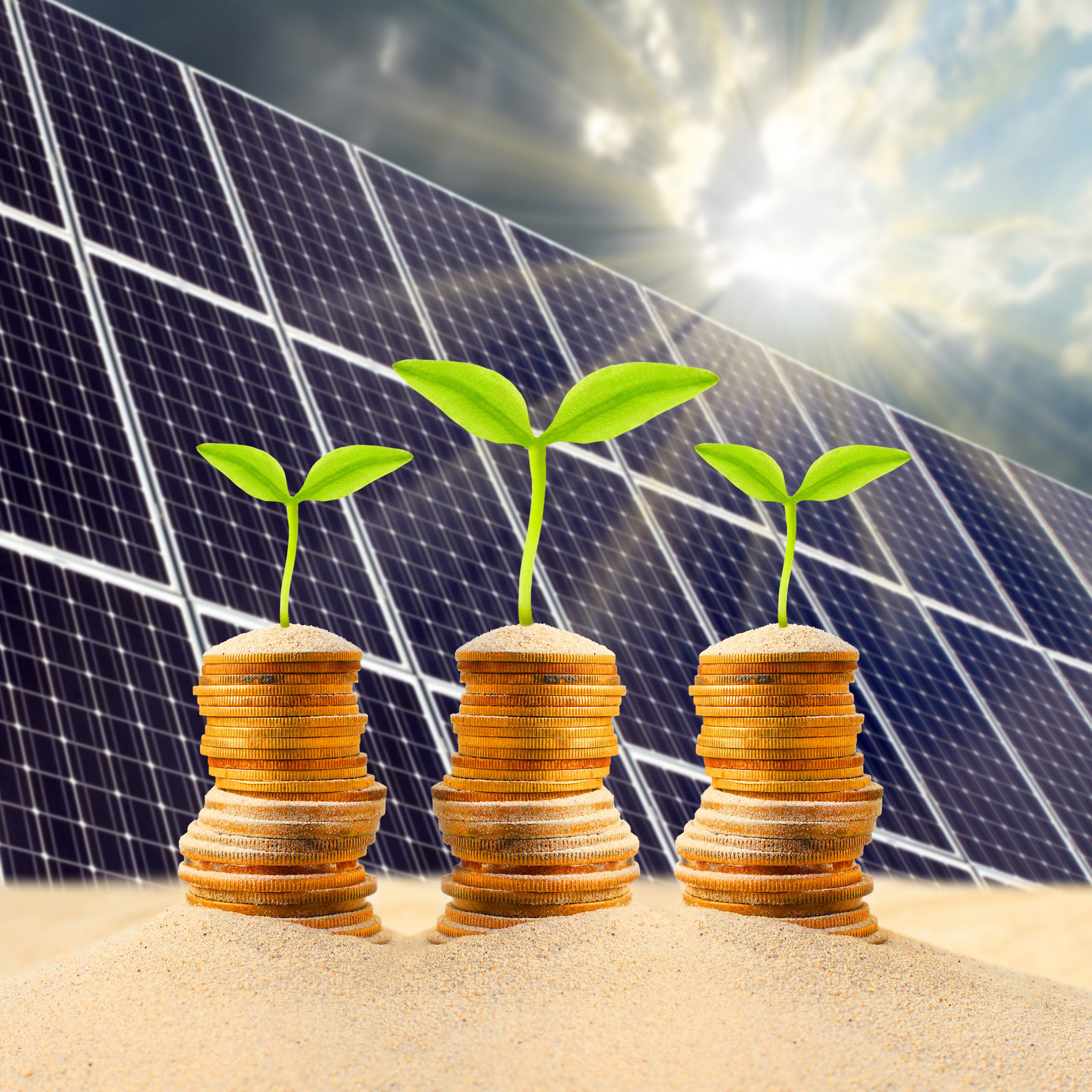Shading analysis is one of the most important steps taken before installation of the solar panels. With solar panels, it is important to take into account the objects in surrounding areas which are casting a shadow on the panels, thereby blocking the ability of the panels to produce energy. Even the smallest of things like telephone wires or trees should be taken into account in the shading analysis.
There are quite a few devices and computers that can provide this analysis. The loss of energy that can be caused by shading can be huge and must be eliminated or minimized as much as possible, hence the shading analysis.
There are quite a few devices and computers that can provide this analysis. The loss of energy that can be caused by shading can be huge and must be eliminated or minimized as much as possible, hence the shading analysis.
There are 2 ways to go about with the results of shading analysis; either try to position the things that are causing a shade differently or to position the solar panels in a way to avoid the most shadows and optimize energy production. Both photographic and non-photographic results of the shading analysis are taken into account.
The major components of shading analysis are as follows:
- Capture the skyline
- Measure the objects which are near to the solar location
- Create a digital landscape (either 2D or 3D)
- Analysis of data
By using these tools and analysis, the solar panels can be created and installed in a way for you to obtain the maximum benefit.


















